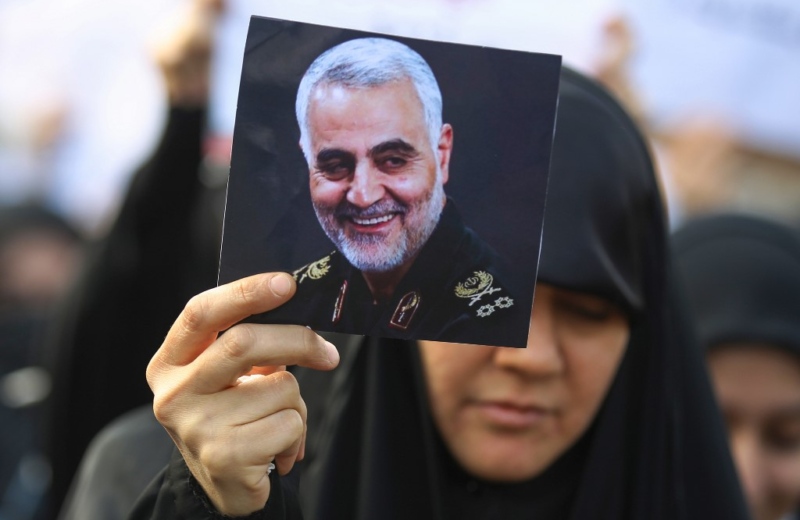When a Ukraine International Airlines plane crashed shortly after takeoff from Tehran on Jan. 8, killing all 176 people on board, it came in the wake of one of the worst crises in the decades-long confrontation between Iran and the United States.
The two countries have been clashing over the Islamic theocracy’s aspirations to regional supremacy and alleged attempts to acquire nuclear weapons.
That confrontation has formed a worrying backdrop to the plane crash — even fueling speculation that Iran could have downed the aircraft.
In a provocative move, U.S. President Donald J. Trump ordered the assassination of Major General Qassem Soleimani, the senior commanding officer with Iran’s elite Islamic Revolutionary Guard Corps. He was killed by a drone strike in the early morning hours of Jan. 3 at Baghdad Airport in Iraq.
The high-ranking military commander, hailed a hero at home, was believed to be the mastermind behind Iran’s proxy interventions in Syria, Iraq and Lebanon. Many blame him for thousands of civilian deaths in the region.
The Trump administration presented its strike as an American victory and the elimination of a senior “terrorist” responsible for numerous deaths of U.S. military personnel. The operation, however, was fiercely criticized as a reckless and even warmongering step intended to overshadow the ongoing impeachment hearings in U.S. Congress.

Iranians tear up a US flag during a demonstration in Tehran on Jan. 3, 2020 following the killing of Iranian Revolutionary Guards Major General Qasem Soleimani in a US strike on his convoy at Baghdad international airport. (AFP)
The Iraqi authorities also strongly condemned the U.S. airstrike on their country’s soil. On Jan. 5, Iraq’s parliament voted to expel all 5,000 American troops deployed to the country.
In response to Soleimani’s killing, Tehran vowed “fierce revenge” against the United States, fueling fears of an escalation that could lead to yet another major war in the Middle East.
On Jan. 8, at 1:20 a.m. local time, five days after Soleimani was killed in Baghdad, Iran fired up to 30 surface-to-surface ballistic missiles at two bases hosting U.S. military facilities: Al-Asad Air Base in western Iraq and another key base near the city of Erbil in the country’s north.
In its early briefing on Jan. 8, the Pentagon reported no American or Iraqi casualties following the strikes. Trump promised to address the nation regarding the situation in the Middle East later in the day, asserting on Twitter that “all is well” and the U.S. has the most “powerful and well equipped military anywhere in the world.”
Following the Ukrainian International Airlines crash, some social media users speculated that the aircraft could have been downed by Iran’s air defense, which mistook it for a U.S. aircraft coming for a retaliatory strike. The users were likely going off information from Al-Hadath, “The Event,” a Jordanian news site that reported Iranian air defense forces mistakenly shot down the plane.
The Ukrainian embassy in Tehran, however, noted on Jan. 8 that, until a full-fledged investigation is complete, any information about the cause of the crash “does not have official status.”
The Iranian transportation ministry has stated that the plane crashed because the engine caught on fire after takeoff.



